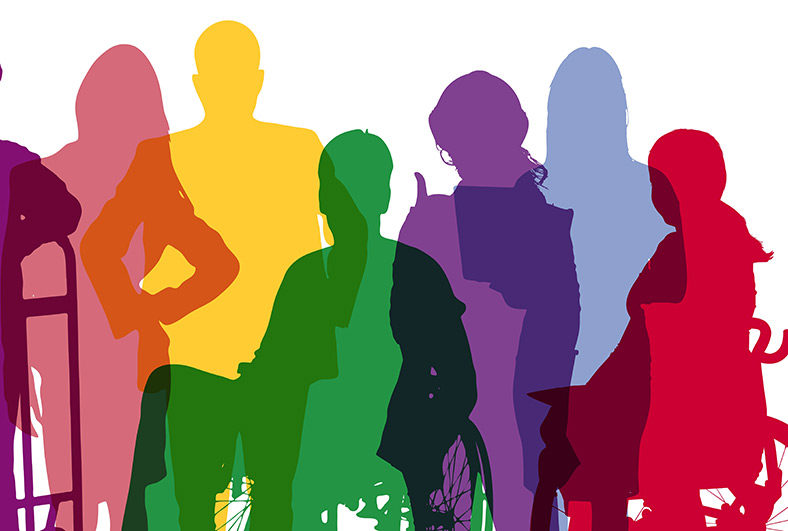Blog / Events / Journalists
How the media can cover disability responsibly

Around 1 in 5 people in the UK are disabled. In the media industry, 22% of journalists report having a disability or work-limiting health problem. This figure has been steadily rising since 2016, when there were just 10% of journalists working with a disability.
However, despite this increase and therefore a more diverse newsroom, many disabled people still feel as though the media is misrepresenting them. In a recent JournoResources event, Lucy Webster, a freelance journalist and disability advocate, gave practical tips and advice on how to report on disability accurately and fairly – including identity first language, incorrect stereotypes, and considerations for interviews with disabled people.
Tropes and stereotypes to avoid
The first thing to consider when writing a story about disability or a disabled person, suggested Lucy, is whether you’re falling into any stereotypes or describing tropes that just aren’t true. For example, portraying disability as something that should be pitied or needs to be overcome. As pointed out during the session – disability is not a medical problem, it’s a social and political identity.
Another trope highlighted by Lucy is the incorrect placing of disability and achievement as mutually exclusive. Journalists were also advised not to use disabled people’s lives and stories to make non-disabled people feel better. Also, if you wouldn’t run the story about a non-disabled person, then don’t run it just because it involves a disabled person – unless it’s relevant to the area or topic that you are covering.
Other common stereotypes of disabled people that make it into the media too often, according to Lucy, are that they are benefit scroungers, or vulnerable as well as conflations of disability and old age. These tropes and labels don’t come from disabled people, says Lucy – journalists need to therefore make sure they’re not playing into them.
The importance of language
Journalists and writers will know just how powerful language can be, and this is even more important when it comes to talking about disability. Identity first language is the best approach here, instructs Lucy – for example, the phrase ‘disabled people’ is better than saying ‘people with disabilities’. This is the default for when talking about groups, to have the social identifier adjective first. However, on an individual level, people may prefer this to be expressed in a different way, so it’s always best to check where you can.
Some dos and don’ts when it comes to the language to use around disability were also shared during the webinar. Don’t share medical details that aren’t needed, but do share access needs for that person or group. Don’t use any language that assumes disability is the problem, but instead, reflect where there are problems. Euphemisms such as ‘special needs’ and ‘handicapped’ shouldn’t be in the article, says Lucy, and it’s best to use the social identifier of ‘disabled’. Any outdated terms and slurs such as ‘wheelchair bound’ should definitely be avoided, especially as for so many people, the wheelchair is their freedom.
Interviewing disabled people and the industry in general
One of the ways to make sure that disabled people are being portrayed accurately and fairly is by interviewing them. It’s always better to talk directly to them rather than going through their family or care workers or charity representatives, except in specific circumstances.
There are a few considerations for both before and during the interview shared by Lucy to take note of. Beforehand, ask about any access needs they have to make sure they’re correctly catered for and feel comfortable. You might also need to allow more time, especially if they talk at a slower pace. It’s also important not to change or cancel plans for the interview, as they will often have to put in more effort for the interview in the first place. During, it’s best to ask about any language preferences they have or how they want to be described in the article.
We highlighted in the intro that diversity in the newsroom, especially when it comes to disabled journalists, is improving. Lucy said that newsrooms should be investing in building a framework or style guide concerning writing about disability. She also highlighted the need to hire more disabled journalists and that more needs to be done for diversity in general. Whether this is done via quotas or other means, it can only help in the efforts to cover disability responsibly, fairly, and accurately.
You can hear more from Lucy Webster by subscribing to her newsletter, The View From Down Here, or by buying the book of the same title here. If you’re covering a story about disability and need experts, information or case studies then you can find them via the Journalist Enquiry Service.